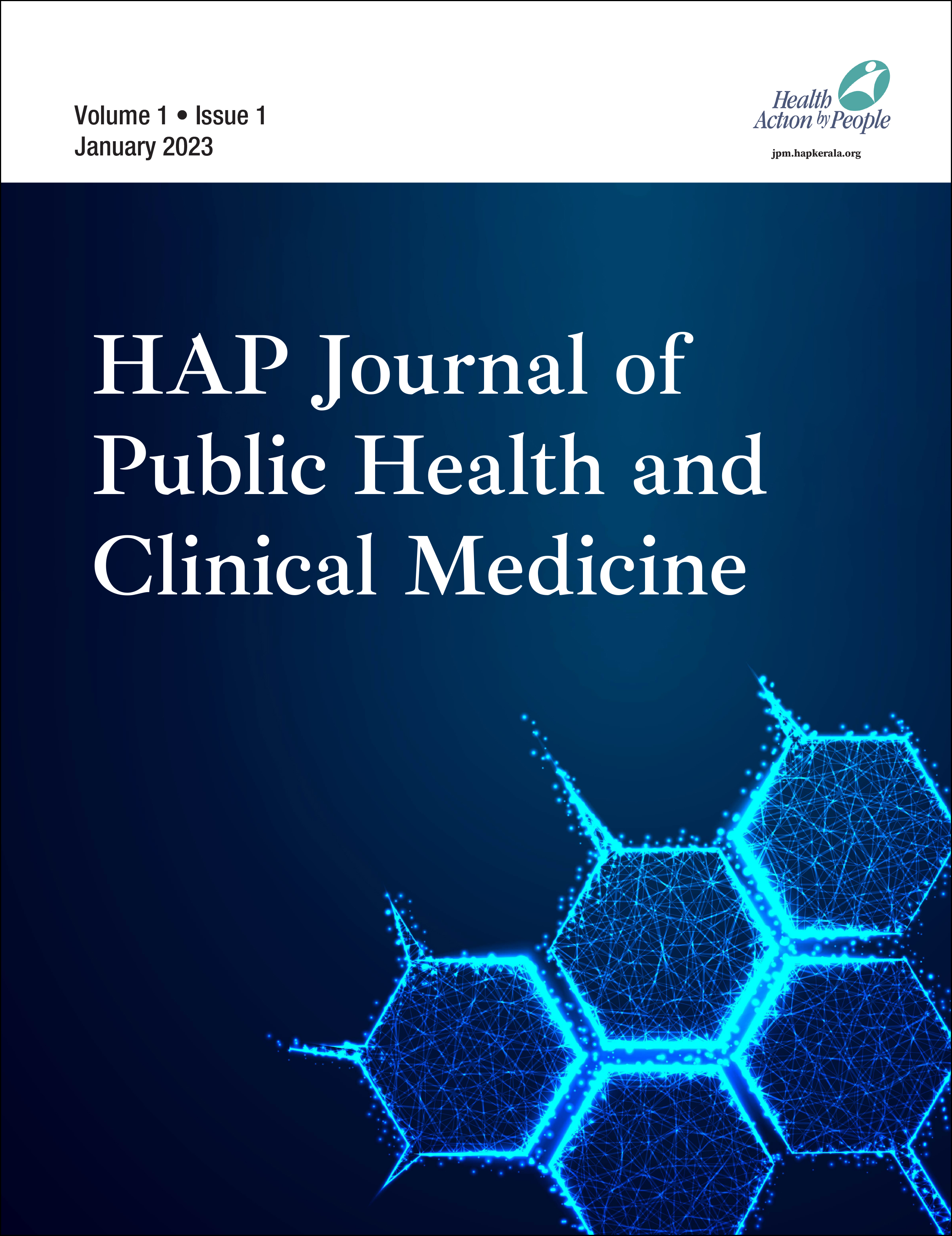
1 Department of Public Health and Community Medicine, Central University of Kerala, Periye, Kerala, India
Creative Commons Non Commercial CC BY-NC: This article is distributed under the terms of the Creative Commons Attribution-NonCommercial 4.0 License (http://www.creativecommons.org/licenses/by-nc/4.0/) which permits non-Commercial use, reproduction and distribution of the work without further permission provided the original work is attributed.
Background: While noncommunicable diseases (NCDs) are one of the leading causes of mortality in the world today, we are unsure of the preparedness of the public health system in terms of provision for and utilization of NCD services in Assam.
Methods: Preparedness of public health facility was assessed using WHO-SARA (Service Availability and Readiness Assessment) tool and Indian Public Health Standards tool. Ethics approval was obtained from the Institutional Human Ethics Committee of the Central University of Kerala.
Results: The overall readiness of primary health centers (PHCs) ranged from 60% to 76% for NCD services, community health centers (CHCs) ranged from 72% to 87%, subdivisional hospitals from 70% to 87%, and district hospitals from 76% to 100%.
Deficiencies were also noted in terms of the availability of equipment and medicines.
Conclusion: The deficiencies in the PHCs and CHCs highlighted in the study emphasize the need to strengthen the health system, thereby strengthening the response of the health system to NCDs in India.
Health system preparedness, India, noncommunicable disease, trust in health system, utilization of health service